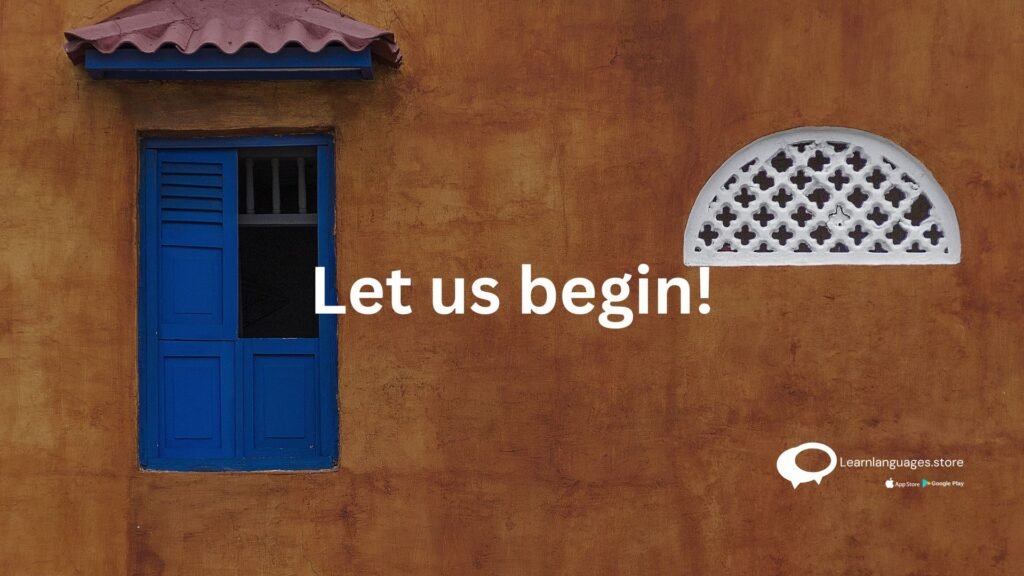How to Introduce Yourself in Spanish
How to Introduce Yourself in Spanish
Spanish has 661 million speakers worldwide. Spanish is the third-most spoken language to world. A mountain! A lot!
We will start with the most popular Spanish greetings and responses today.
Introductions are the most crucial linguistic skill. We will cover three simple Spanish introductions in professional, informal, and nonverbal settings. This will teach you how greet like a local.
Let us begin with Spanish introductions. First, some essentials.
Spanish Grammar: Self-introduction
You could think, “Let us just jump right in and learn how to greet people in Spanish!” I may meet Maluma and tell him how much I like him.” Before making introductions or dating famous Spanish singers, we need to master some basic grammar.
We developed simple Spanish introductory tricks. These grammar guidelines can make learning popular Spanish greetings and responses easier!
Spanish Pronouns
First, pronouns. Start with “usted.” Usted is Spanish for you. When speaking to a supervisor, teacher, customer, or elder, use usted. Latin America uses usted more than Spain.
An example: As a secretary, a client just called to confirm their appointment time. “Usted tiene una cita a las 2.” “You (formal) have a 2 p.m. appointment”
Next, tú means you in casual talks with friends and relatives.
Consider Enrique Iglesias and Nicky Jam’s “El Perdón” lyrics. “Y tú sin mi, dime quién puede ser feliz…” “And you (informal) without me, tell me who can be happy…”
Spanish Question Marks: Upside Down?
Spanish questions begin with an inverted question mark () and end with a conventional one. Exclamation points follow this norm.
For instance: Introduce yourself and ask your name. “Hannah, y tú?” “Hannah, and yours?” Note the question mark location and upside-down question mark.

Let us begin!
- Formal Greeting
As noted above, utilize a formal greeting to present yourself to a lecturer or boss. Remember to use “usted” as the formal “you.” Start with these examples.
How’re you? How’re you?

Formally asking how someone is feeling. Asking this question in business demonstrates that you care about your coworkers.
What if someone asks you this? Should you react? We have the right answers. You can say:
You too? Excellent, and you?
Thank you. Thank you.
Not well. Poor me.So simple!
Your day?Your day?

This expression demonstrates genuine interest in others’ lives and builds personal connections. It is less prevalent than ‘Cómo está usted?’ but more intimate in Spanish.
Take note of “su” instead of “tu.” Su, the formal variant of tu, makes the welcome more official.
What is up?What is up?
Consider that sentences like the one above use the third personal pronoun usted even though the term is not in the sentence. Le means “it” and replaces usted. The conjugation of “ir” (to go) indicates formality. The informal conjugation is “vas,” meaning “you go.” Usted is the pronoun, hence the conjugation is “va” (you go, formal).
Tips: Want more formal expressions? Youtube is wonderful for practice! Practice Spanish with these best YouTube channels.
Informal greeting
Hellos to friends and relatives are usually informal. Master informal greetings through reading.
Hey, Buenas! Hi
These are Spanish “hi”s. They are a fun, local way to say hello. To speak casually with friends, say ey, oye, or buenas. Avoid using these expressions in formal settings.
How’re you?How’re you?
You must be thinking, “Isn’t this the same example as formal greetings?” Technically, yes, but one little detail.
This example ends está with an s, unlike the previous one. It is crucial! The verb form employs the second personal pronoun, tú, making the sentence casual.

Answering this question:
You too? Excellent, and you?
Not well. Poor me.Let us move on now that you know how to react to this typical Spanish greeting.
Que tal?– What’s up? You okay?
It means “How are you?” but is less formal. This informal term can be used anywhere.
Now that you know the basic Spanish greetings and responses, let us talk about non-verbal Spanish introductions.
Nonverbal introductions
Hispanics often kiss on the cheeks. English-speakers greet and farewell using it. Informally with friends and relatives, use this greeting. In formal situations, handshake.
How do you perfect cheek kissing? Lips do not have to touch cheeks. Just kiss your cheeks.
Wait—there is more!
Spaniards kiss both cheeks. Latin American countries limit kissing to once.
Caveat! Traditions worldwide are paused due to abnormal times. During the epidemic, wave from a distance.
Learn Languages Store
Vashi,
Email: services@learnlanguages.store










